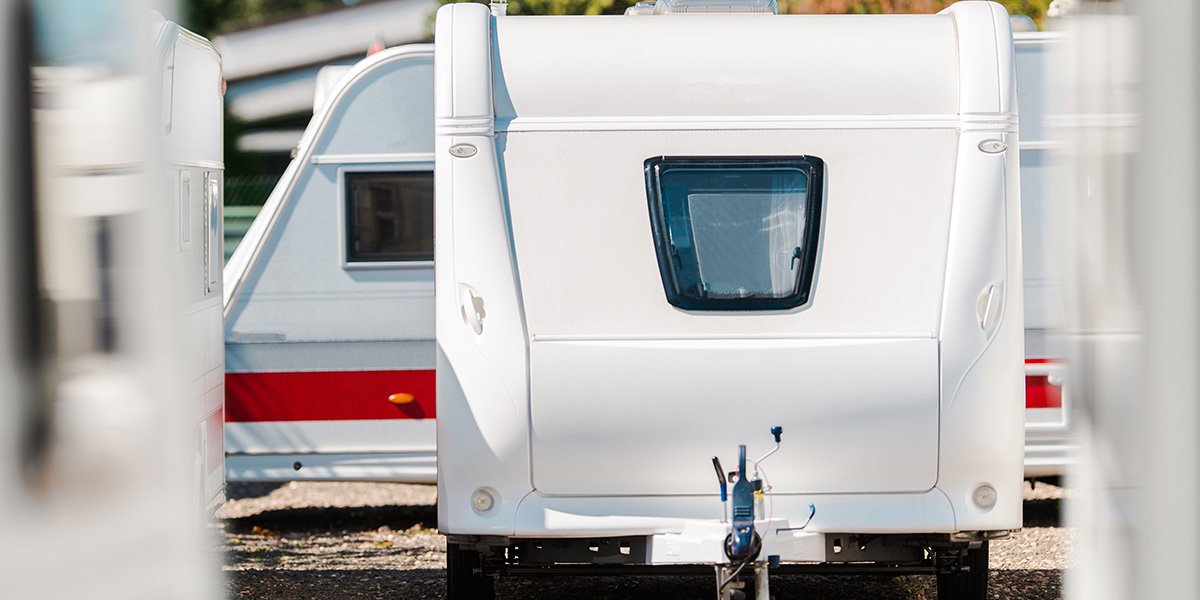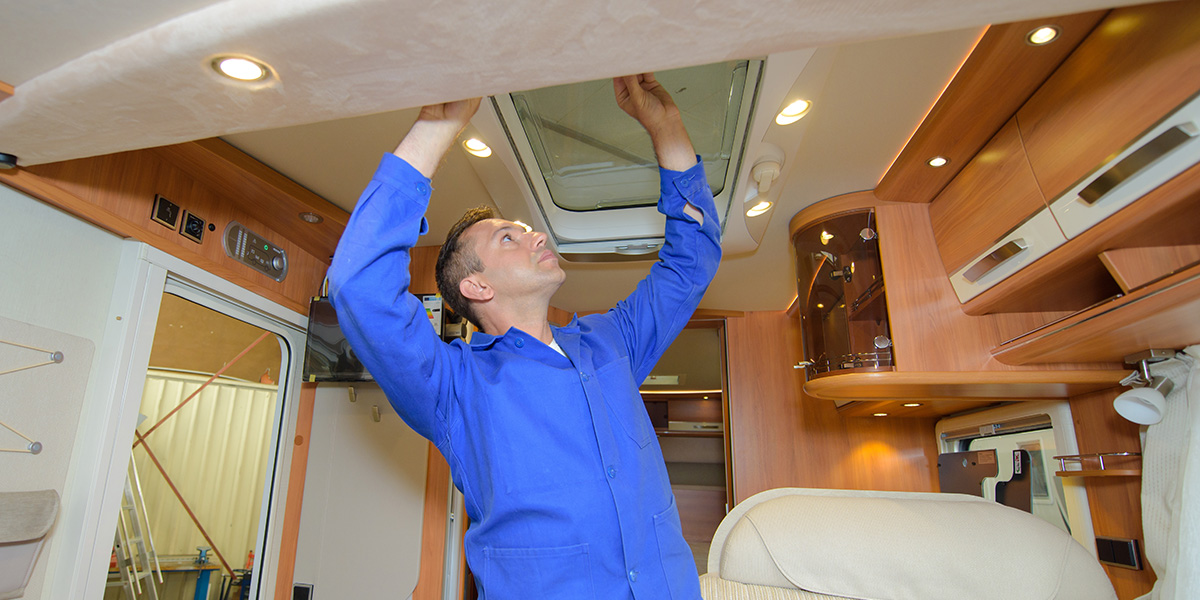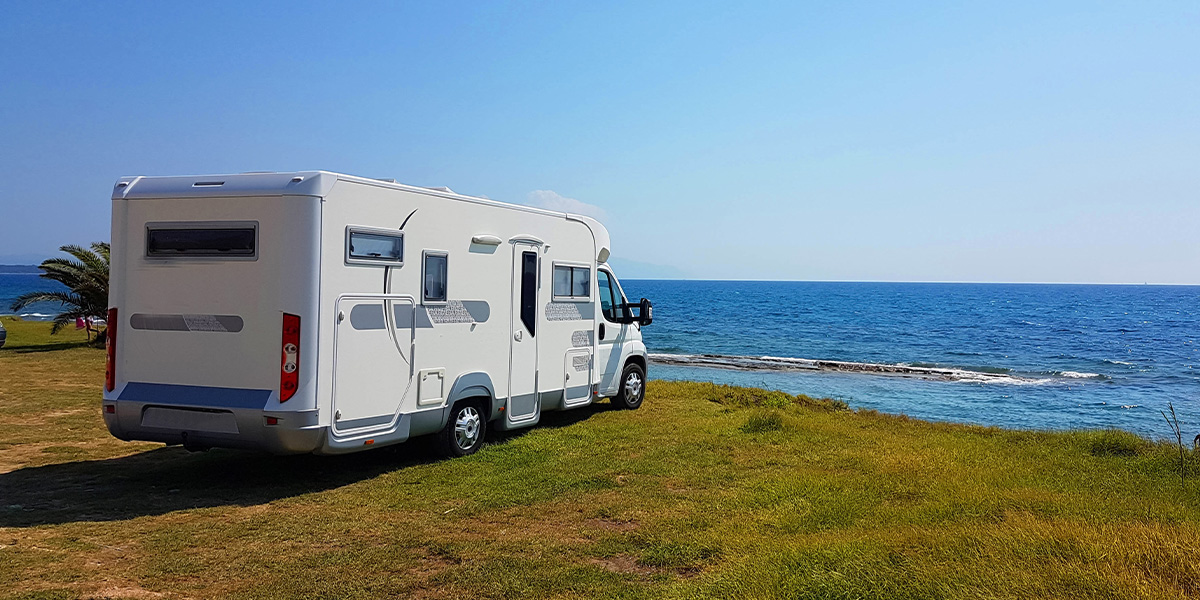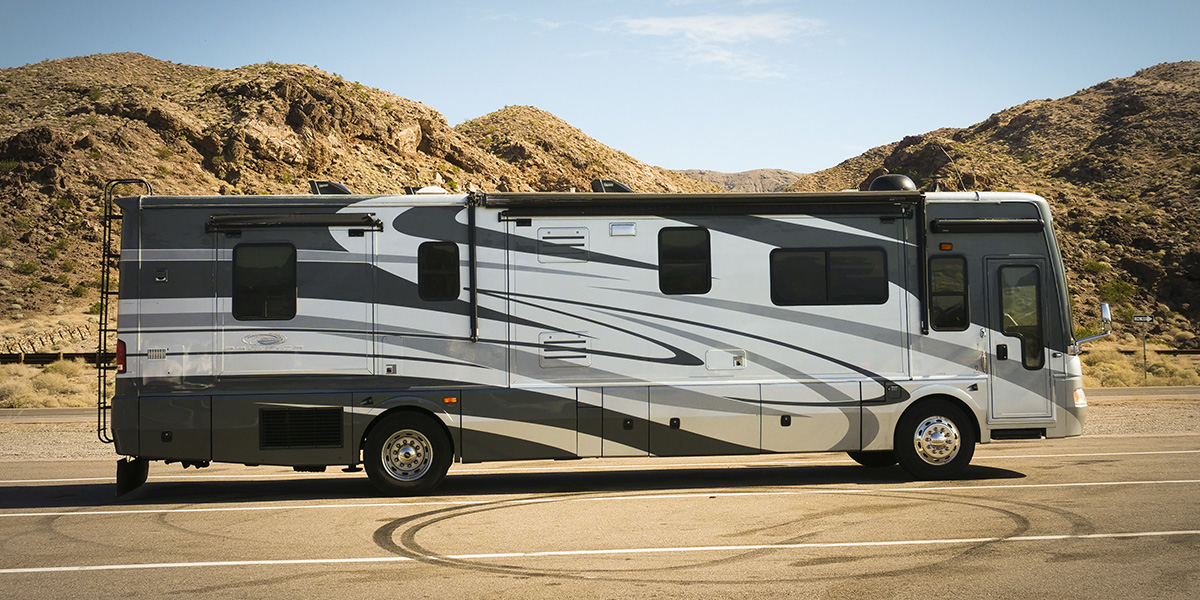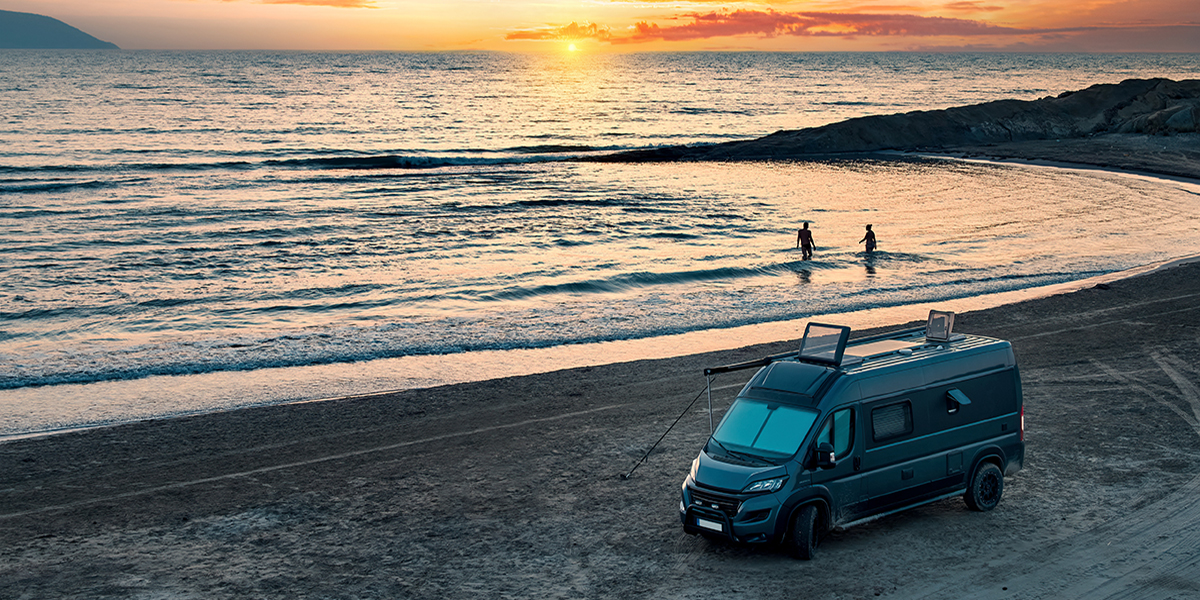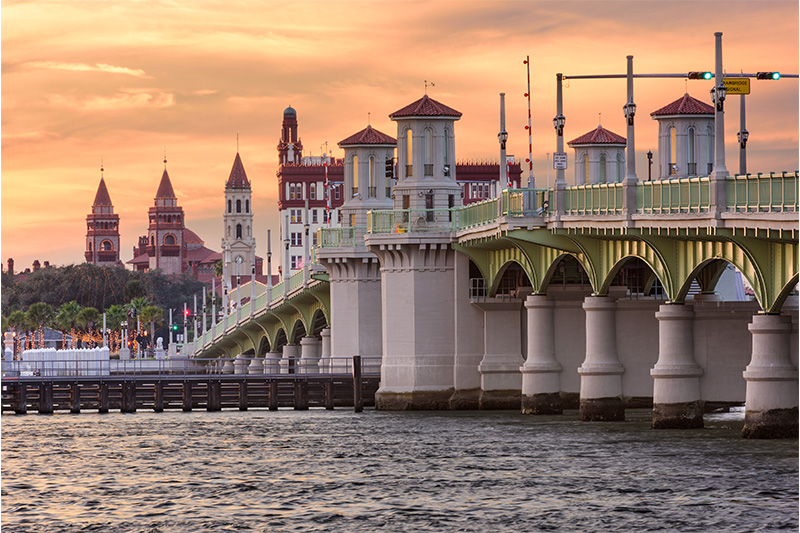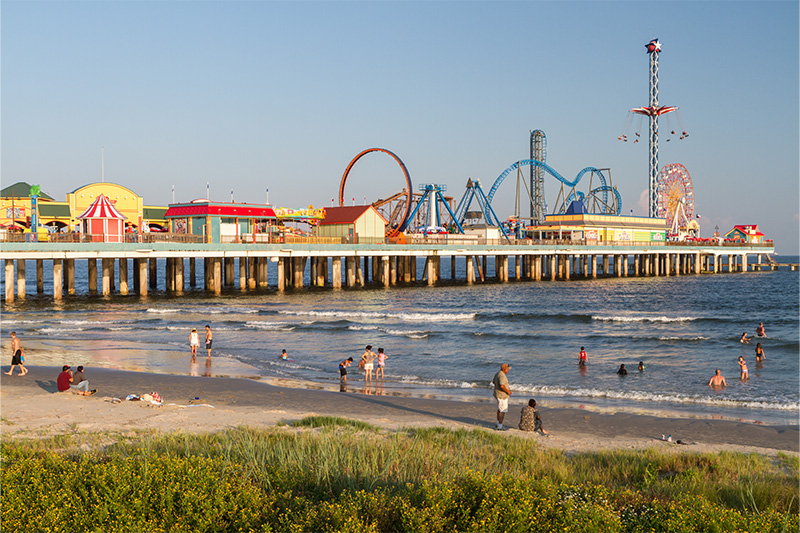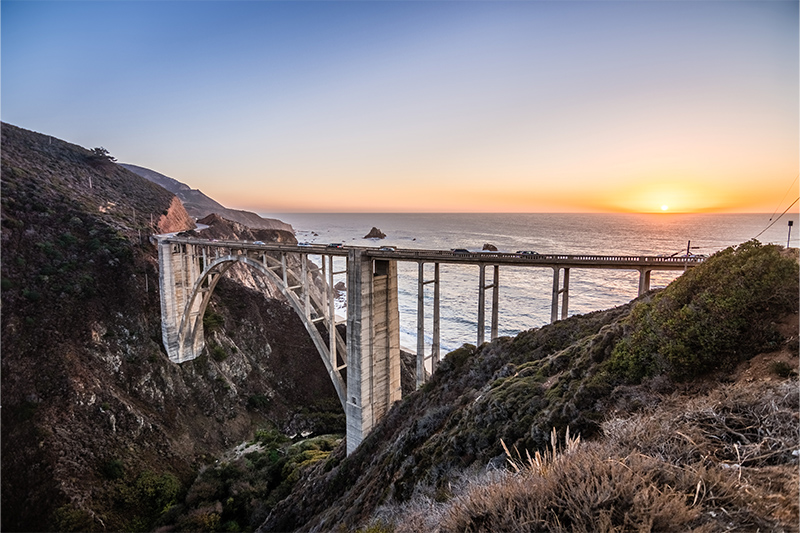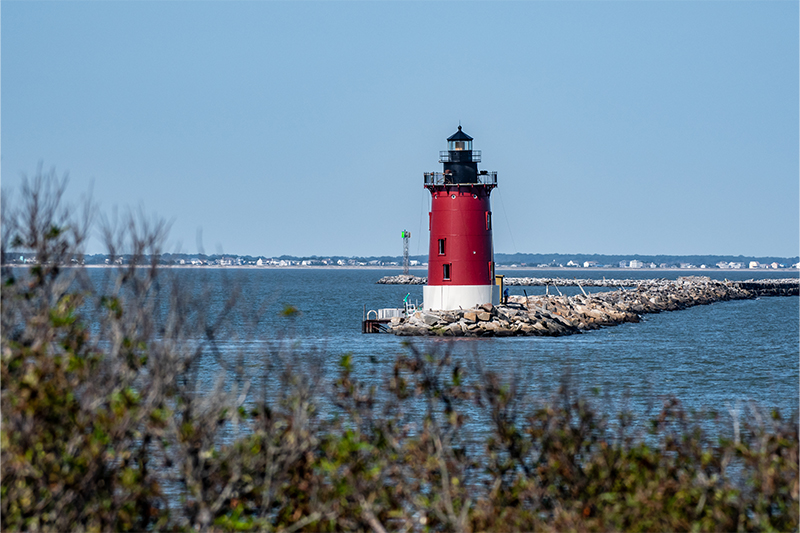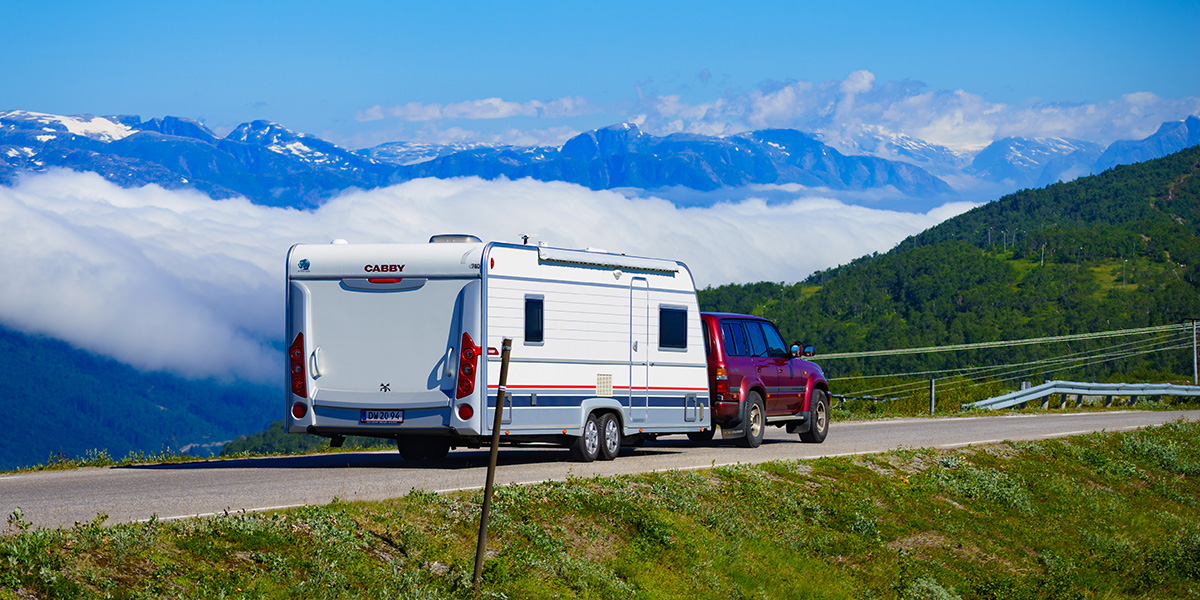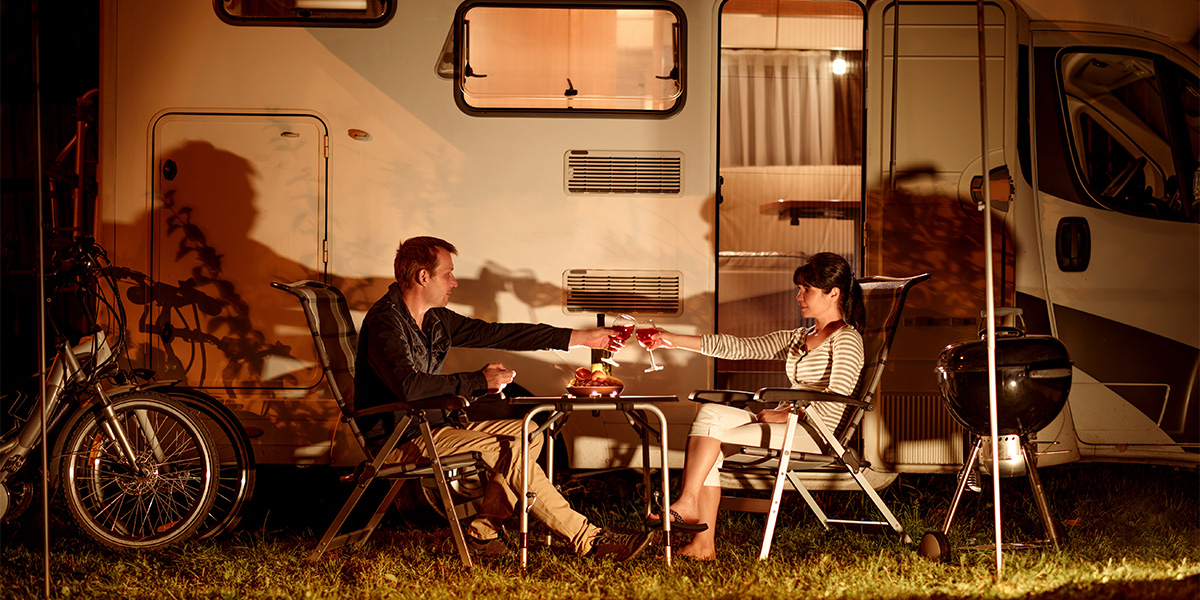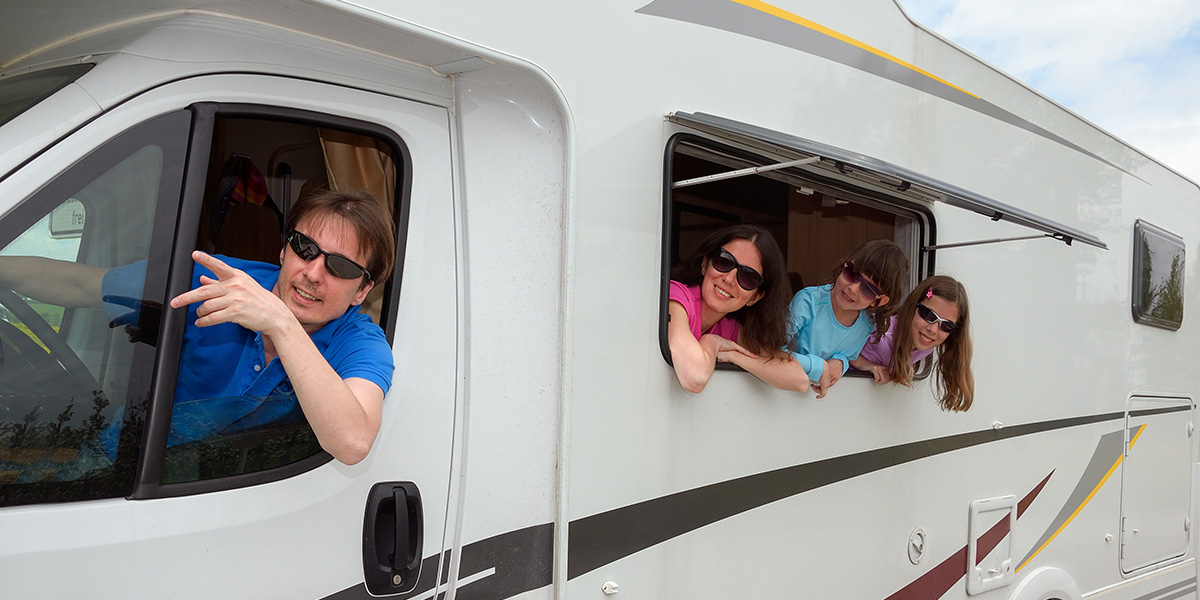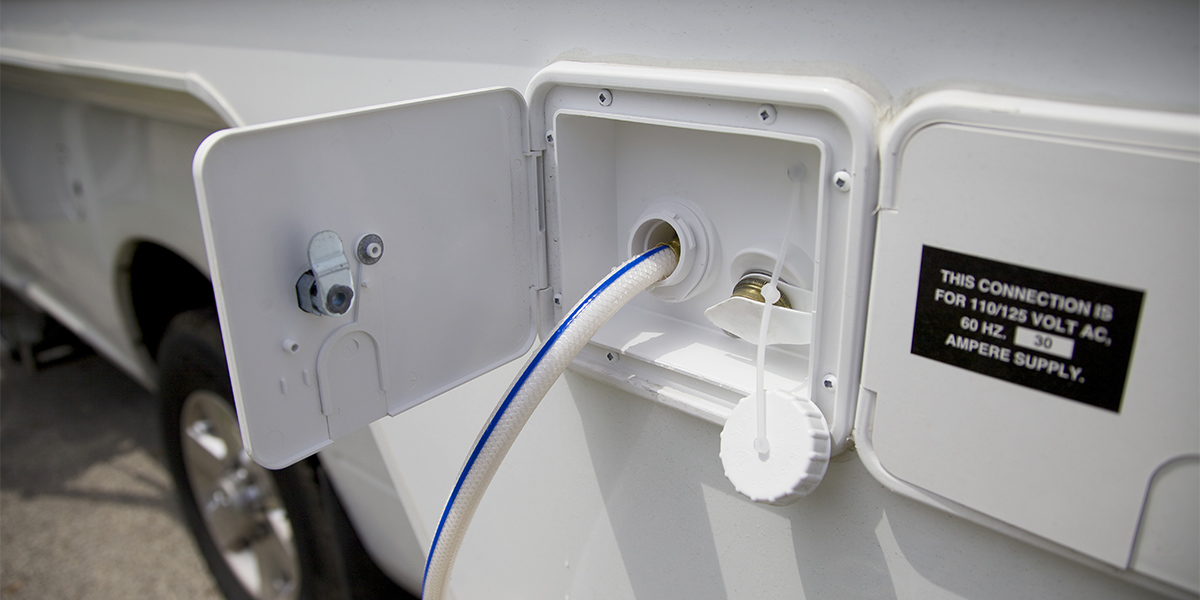Have you considered selling the used RV that’s been sitting in your driveway for some time? You may think it’s lost too much value over time, but that may not be the case. In fact, there’s never been a better time than now to sell your RV for maximum return value. In the past couple of years, there’s been an increase in demand for RVs, however pandemic-related disruptions have caused a shortage of new inventory. With low supply and high demand, the value of used RVs is at a record high. As a seller, how do you make the most out of this unique opportunity? To help you take advantage of this moment, RV Trader is breaking down the current market conditions and sharing four tips for selling used RVs during an inventory shortage.
RV Market Conditions
High Demand for RVs
RVs were growing in popularity even prior to the pandemic, with many outdoor enthusiasts, families, retirees, and millennials looking to purchase a vehicle. The onset of the COVID pandemic only accelerated these trends. Last year on the RV Trader marketplace, there were 53% more visits, 65% more search results page impressions, and 63% more vehicle detail page views compared to the pre-pandemic year of 2019. According to Yahoo, the RV market is predicted to continue to grow 6% annually through 2025 in North America. Clearly, people are more interested in RVs than ever before.
Low Supply of New RVs
The limited availability of new recreation vehicles is part of a chain reaction from pandemic disruptions. In-market RV inventory is up only 2% since 2019 and is down 5% from 2020 (1). The shortages playing into these inventory numbers include shortages of microchips and various parts, shipping delays, and high competition among dealers and other buyers who are purchasing new units as soon as they’re manufactured.
Used RV Price Increases
To sum up what we are seeing in the market, there is a large influx of people who are looking to buy RVs, there aren’t a lot of new models on the market, and, as a result, used RVs have increased in value. This now gives sellers the best opportunity to get the maximum return for their used vehicle. Considering all of these market conditions, make sure to follow the tips listed below when you decide to sell your RV.
Tips for Selling During an Inventory Shortage
1. Focus On Online Marketing
Have a plan in place to work against the disruptions and sell your RV fast by listing your vehicle on an online marketplace. You will reach millions of shoppers all over the United States and receive more interest from consumers looking to buy. When listing online, provide as much information as possible in the listing, including the price, year, type of RV, sleeping capacity, vehicle weight, make, model, mileage, and condition, in addition to photos and videos of the vehicle. Detailed listings are more likely to gain buyers’ attention and sell faster.
2. Sell to a Dealer
To overcome the shortage of new RV models, dealers have been reaching out to private sellers, seeking to buy their used RVs in order to expand their own pre-owned inventory. This benefits private sellers too, as selling to a dealer is a fast and guaranteed transaction. Visit our marketplace to find a local dealer who will buy your vehicle.
3. Fix Up the RV
Get the most out of a used RV sale by fixing it up to improve its market value and sell it faster. Repair any damage to your used RV and ensure it’s in ready, working condition. Fix up any worn-down parts, and handle any repairs the unit needs. Make sure the RV is clean, and get it detailed. You’ll find that the extra effort you put in will help you when selling your RV.
4. Do Market Research for Competitive Pricing
Remain competitive on the marketplace with the right pricing for your RVs. The value is higher than ever, but you should do your research and compare prices for similar RV makes and models. Look at details such as mileage and hours used, and check the condition of RVs to see what they’re selling for. Once you know how other RVs in the market are priced, you’ll know how to price your own unit.
The RV market is facing a unique dilemma, with inventory shortages and greater demand than ever before. By taking advantage of elevated used RV value, marketing to shoppers online, and staying competitive with pricing, you can make the most of this opportunity. If you’re ready to sell your used RV, be sure to list on the nation’s leading marketplace, RVTrader.com.
1 RV Trader, 2022
